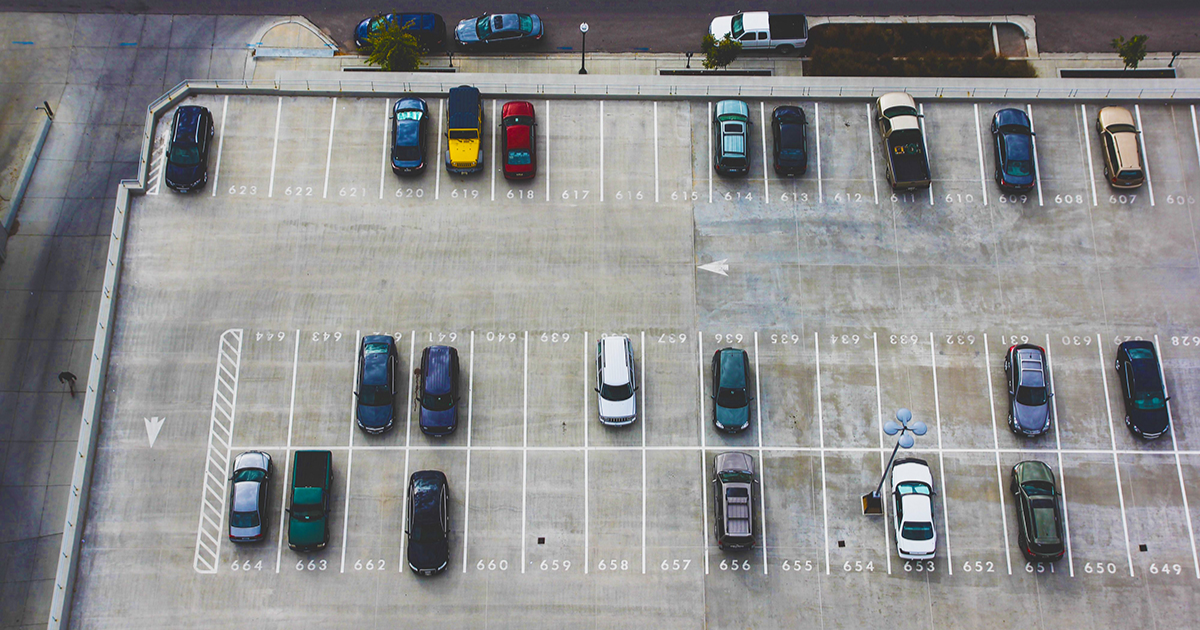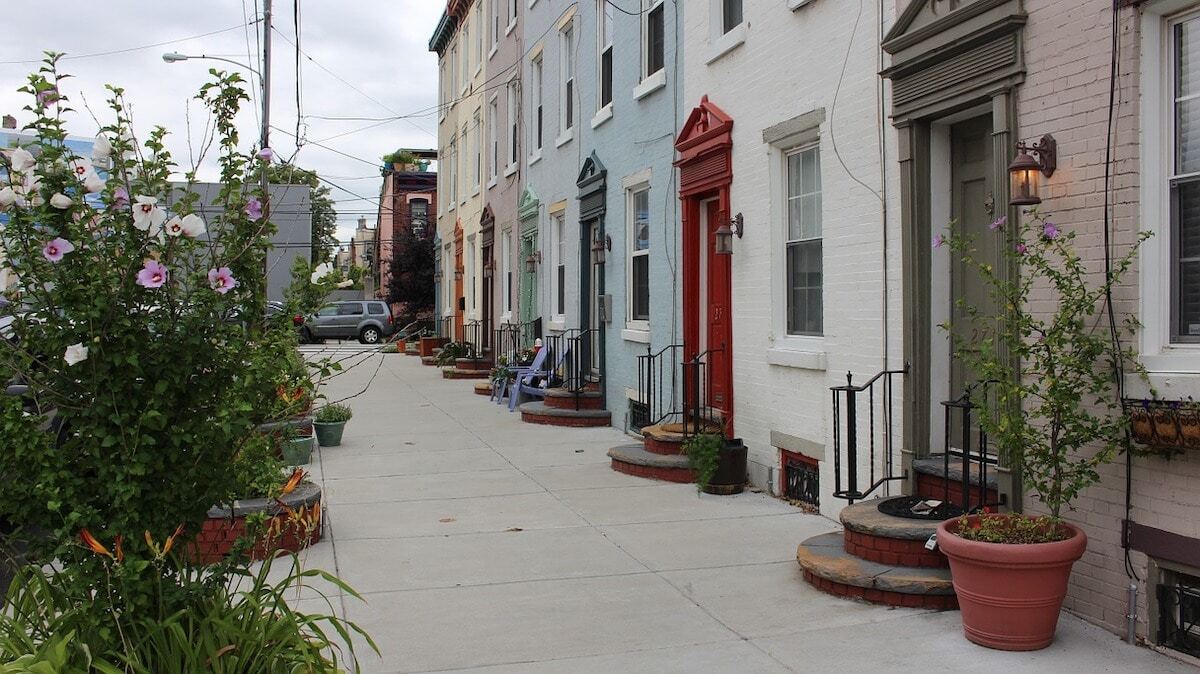Easement Agreement Voided Due to Lack of Authority in Parking Lot Entrance Case
In Sehrawat v. Rite Aid, 2020 Pa. Super. Unpub. LEXIS 3537 (Pa. Super. Ct. Nov. 13, 2020), the Pennsylvania Superior Court recently declared void ab...
4 min read
Alan Nochumson and Alex Goldberg : Apr 3, 2023 9:00:00 AM

The Pennsylvania Commonwealth Court recently issued an opinion regarding zoning ordinance interpretations and the relationship that neighboring properties may have when an easement exists between them.
In Waldman v. Borough of Fox Chapel Zoning Hearing Board, 2023 Pa. Commw. Unpub. LEXIS 79 (Feb. 14, 2023), a property owner in the borough of Fox Chapel (the appellant) appealed a ruling of the Allegheny County Court of Common Pleas that authorized his neighbors (the landowners) to build a three-car garage on their property.
The properties in Waldman are divided by a north-south property line, and along the landowners’ side of the said property line exists a paved 40-foot-wide access and utility easement, the opinion said.
This easement provides access to the appellant’s property, the landowners’ property and the neighboring Kelley family’s property (the Kelleys).
All of these properties fall into the A-Residence zoning district, which requires a minimum lot size of three acres, the opinion said.
In 2017, the landowners’ house and garage were damaged in a fire.
Subsequently thereafter, the landowners submitted for and obtained a building permit application to the borough of Fox Chapel to reconstruct a three-car garage with a bedroom suite above it.
After the building permit was issued, the appellant objected to the issuance of the building permit, claiming that it violated the applicable setback provisions of the borough’s zoning ordinance (the ordinance).
More specifically, the appellant argued that the setback requirement should be measured from the easement line, rather than the property line, which the landowners used to measure the side setback for the garage.
The appellant stated that because the easement was paved and used as an access point for three properties, which would otherwise be landlocked, it should be considered a street.
At the hearing before the borough of Fox Chapel’s Zoning Hearing Board, the borough’s zoning officer, Paul Bell, testified that, if the borough were to treat the easement as a street, then the landowners’ lot size would fall below the required three-acre minimum. After hearing expert testimony, the zoning hearing board denied the appeal, stating that the “garage setback must be measured from the property line, not from the easement boundary.”
The appellant appealed to this administrative ruling to the trial court, which affirmed the zoning hearing board’s decision, concluding that the north-south property line between landowners’ and the appellant’s respective properties was the property starting point for the measure of the side lot setback because “no recorded plans, deeds, or other documents indicated that the easement was a right-of-way for a road, street, or lane.”
The appellant appealed to the Commonwealth Court in Waldman, raising the following issues: whether the trial court erred in holding that the required setback for the landowners’ garage was properly measured from the common boundary line; whether the trial court erred because the zoning hearing board improperly adjudicated title questions; and whether the trial court erred in affirming the zoning hearing board’s decision permitting reconstruction of a nonconforming structure in violation of the ordinance.
As to the first issue, the appellant again argued that the side setback should have been measured from the easement line because the easement is a right-of-way because, even though it is not opened for travel, it is the only means of access to the public right-of-way the Kelleys’ property has.
Regarding the applicable setback, the ordinance states that “no structure of any character shall be closer to any street line or property line of any street, road or lane than 75 feet; and not closer to any side lot line than 40 feet.”
The appellant argued that, to satisfy the setback, the landowners’ garage must be located 75 feet from the boundary line of the easement because the easement should be considered a street, road, or lane under the ordinance.
The Commonwealth Court in Waldman looked to testimony at the zoning hearing board level, which stated that an easement is not a right of way, that easements do not negate open space and that easements do not detract from the land area countable for minimum lot area purposes.
The testimony also differentiated an easement, which implies a specific and limited use of land by the holder of the easement, from a right-of-way, which benefits the public at large and is created by condemnation by the commonwealth or municipality.
The appellant objected, arguing that “while the entirety of the easement is not now opened for travel, it will be as it is the only means of access to the public right-of-way the Kelley property has. The purpose of in establishing setbacks is not just for what is built in the present, but to protect, preserve and facilitate property development in the future.”
The Commonwealth Court in Waldman again disagreed, pointing to a 2002 lot reconfiguration plan of the properties known as the “Waldman plan,” which did not state that the easement was ever intended to be a road, street or lane.
Further, the Commonwealth Court pointed out that, “were the 40-foot-wide easement to be removed from the landowners’ lot, it would no longer meet the three-acre minimum for the A-Residence zoning district.”
Finally, the Commonwealth Court in Waldman emphasized Bell’s testimony, which stated that for a subdivision plan to show a road, the plan would have to show curves and radiuses, and none of these are shown on the Waldman plan. Rather, according to the opinion, the Waldman plan shows the entirety of the easement on the landowners’ property, and explicitly states that it is an “access easement” and “utility easement.” Additionally, the area designated as an easement does not meet the zoning ordinance’s definition of a road or lane, and therefore, the Commonwealth Court agreed with the trial court’s determination that the “boundaries of the easement are not a street line and that the setback was property calculated by the borough’s zoning officer.”
On his second issue, the appellant in Waldman argued that the zoning hearing board did not have jurisdiction to decide issues of title, determination of real property interests, private contracts, or agreements affecting zoning. The trial court found that this issue was waived by not being raised before the zoning hearing board and the Commonwealth Court in Waldman agreed with this finding.
Finally, the appellant argued that the trial court erred because the building permit would allow the landowners to rebuild a nonconforming garage in violation of the setback requirement from a street line in effect when it was built. The ordinance “prohibits the reconstruction of a nonconforming structure that has been more than 50% destroyed.”
The appellant argued that the prior garage was nonconforming and was completely destroyed.
The Commonwealth Court in Waldman found that the evidence in the record failed to establish the previous garage was nonconforming or that it was completely destroyed in the fire.
Reprinted with permission from The Legal Intelligencer © 2023 ALM Media Properties, LLC. All rights reserved. Further duplication without permission is prohibited. For information, contact 877-257-3382, reprints@alm.com or visit www.almreprints.com.

In Sehrawat v. Rite Aid, 2020 Pa. Super. Unpub. LEXIS 3537 (Pa. Super. Ct. Nov. 13, 2020), the Pennsylvania Superior Court recently declared void ab...

Individuals and companies engaged in real estate transactions and disputes need a knowledgeable real estate attorney to protect their interests. No...

If the real estate market slows down as some experts are predicting, Pennsylvania courts will likely be inundated with an influx of mechanics’ lien...